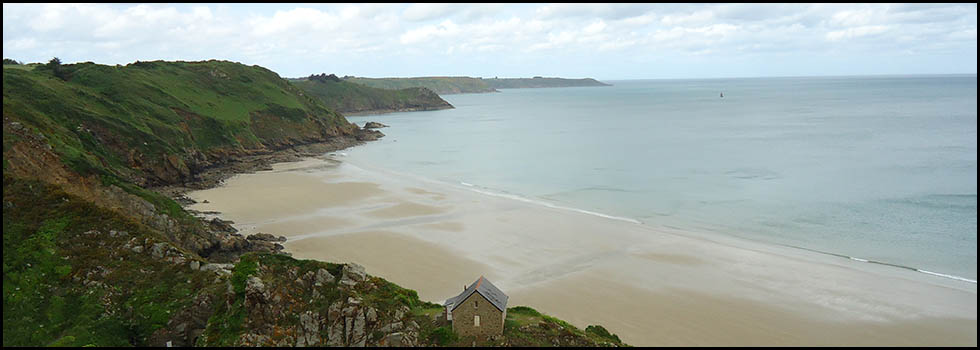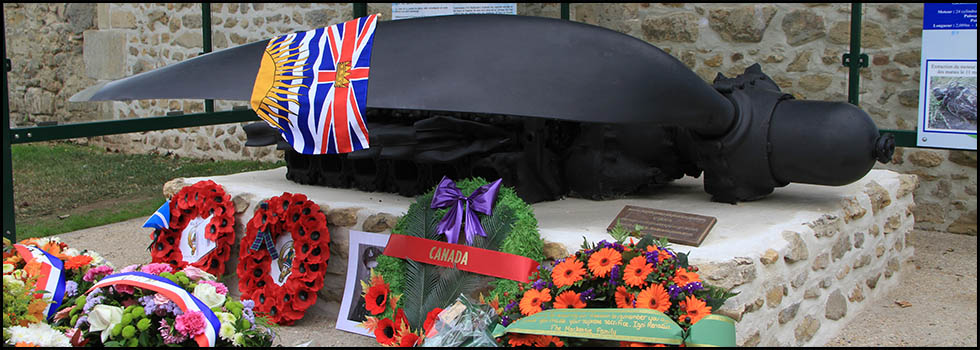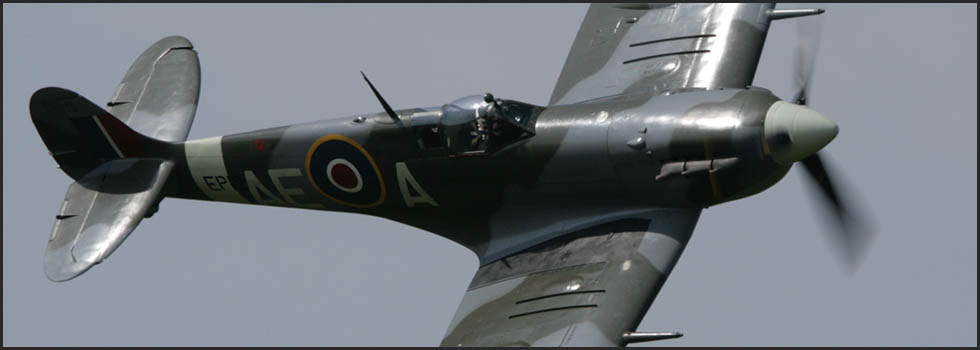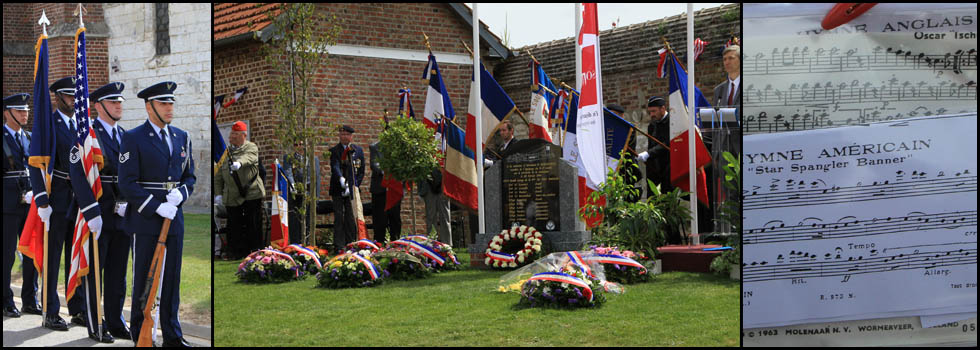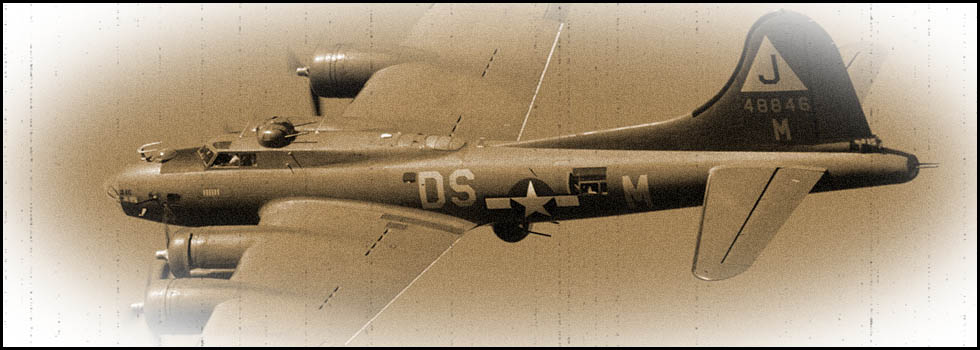16/17 April 1943
Short Stirling MkIII BK653
BU-A
214 Squadron - Royal Air Force
Bonneuil-les-Eaux (Oise)
Copyright © 2025 - Association des Sauveteurs d'Aviateurs Alliés - All rights reserved -
En français ![]()
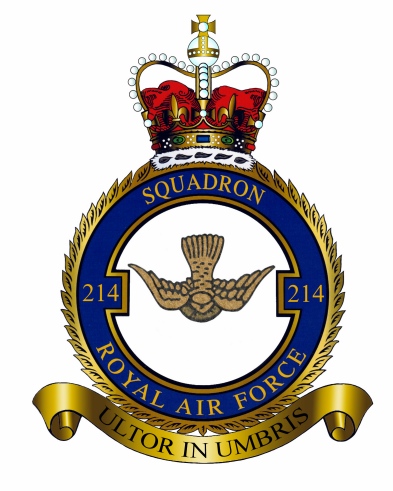
The raid targeted Mannheim, Germany.
271 British bombers took part in this large-scale raid, including 95 Stirlings.
13 Stirlings of RAF 214 Squadron, based at Chedburg, Suffolk, took off at around 9:50 p.m. and joined the rest of the formations before heading for Germany.
The crew of Stirling BK653:
|
F/O David Eric JAMES |
Pilot |
29 |
RCAF |
|
Sgt William George GROVE |
2nd Pilot |
23 |
RAF |
|
Sgt James HALL |
Flight engineer |
27 |
RAF |
|
F/S James Arthur SMITH |
Navigator |
21 |
RAF |
|
Sgt Clifford George WALTON |
Bomb aimer |
RAF |
|
|
Sgt Reginald Walter ADAMS |
Wireless operator |
22 |
RAF |
|
Sgt Gerard Brendan GALLAGHER |
Mid-upper gunner |
RAF |
|
|
Sgt Eric Makham LEE |
Rear gunner |
22 |
RAF |
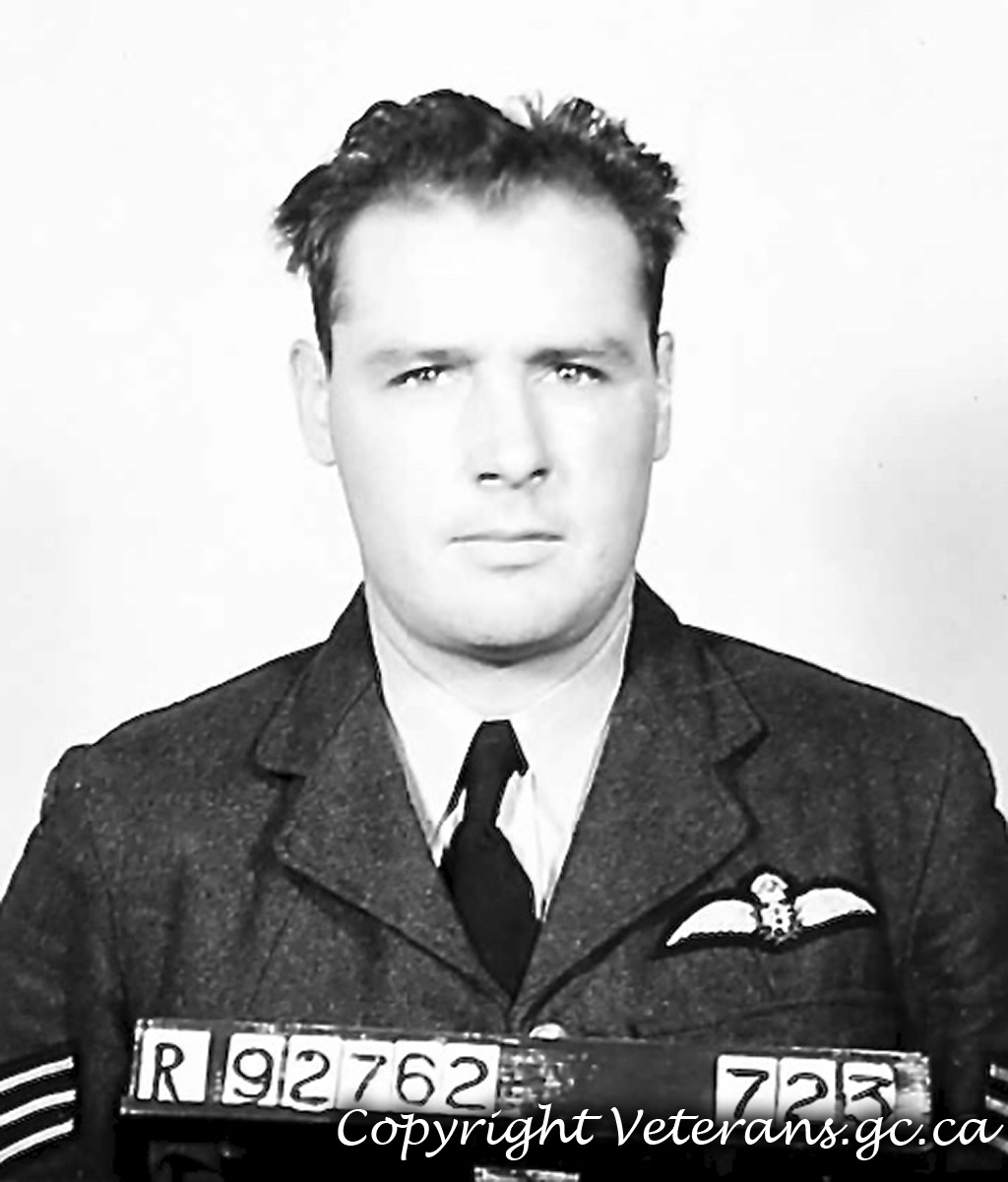
F/O David E. James
Once above the target, the pathfinders precisely marked the industrial target and the bombing commenced. 130 buildings were completely destroyed and around 3,000 others were damaged. The production factories were severely affected.
Of the 271 aircraft participating in this raid, 54 did not return to England. 14 landed on the sea, where most of their crews were rescued.
Among the aircraft lost that night was Stirling BK653, which failed to reach Mannheim. Flying over France in the moonlight at 9,000 ft, a Messerschmitt-110 was spotted approaching. The Stirling's pilot immediately began evasive actions. Moments later, Sgt. Eric Lee, the rear gunner, reported that another Messerschmitt 110 was approaching from behind. The enemy aircraft opened fire and hit the Stirling's wings without serious consequences. The shots damaged the hydraulic systems, rendering the rear turret inoperable. Sgt. Eric Lee was killed at his post during this attack. The pilot ordered the bombs to be jettisoned and then dove towards the ground, picking up speed. However, one of the Messerschmitt-110s, not giving up on its prey, fired again at the Stirling. A hail of bullets pierced the windscreen between the pilot and the navigator. The upper turret was damaged. The entire fuselage was riddled with holes, and the intercom and all electrical systems were out of order. The tanks on the right wing were punctured, fuel was leaking, causing the right outer engine to catch fire. Realising that the Stirling, now with two engines out of action, would not be able to return to England, the two German pilots broke off the fight.
F/O David James gave the order to evacuate the stricken aircraft. The seven surviving crew members baled out into the night. The Stirling crashed near the village of Bonneuil-les-Eaux, France, at a place called ‘Le Crocq’.
After landing, Sgt. Walton and Sgt. Gallagher were captured by the Germans. The five other crew members were taken in by local residents and then by escape networks, and managed to return to England.
Sgt. Eric M. Lee is buried in the Commonwealth War Cemetery at Poix-de-Picardie (Somme).
Sgt. James Hall and Sgt. Reginald Adams landed near Cormeilles and then walked south. They arrived in Catheux, where they were helped by Gabriel Besnard, the village mayor. On the afternoon of 17 April, an English-speaking woman (possibly Dr Pézet's wife) arranged for her husband to take them to Lihus that evening, to the home of Adeline Mortier, a widow aged around 65, where David James, William Grove and James Smith later arrived.
Sgt. William Grove and F/S James Smith landed north of Fontaine-Bonneleau and then walked south. When they arrived in Catheux, they were helped by Louis Nortier and his sons, then by Gabriel Besnard. On the evening of 18 April, after nightfall, they were taken to Lihus, to the home of Adeline Mortier, where they were reunited with James Hall and Reginald Adams.
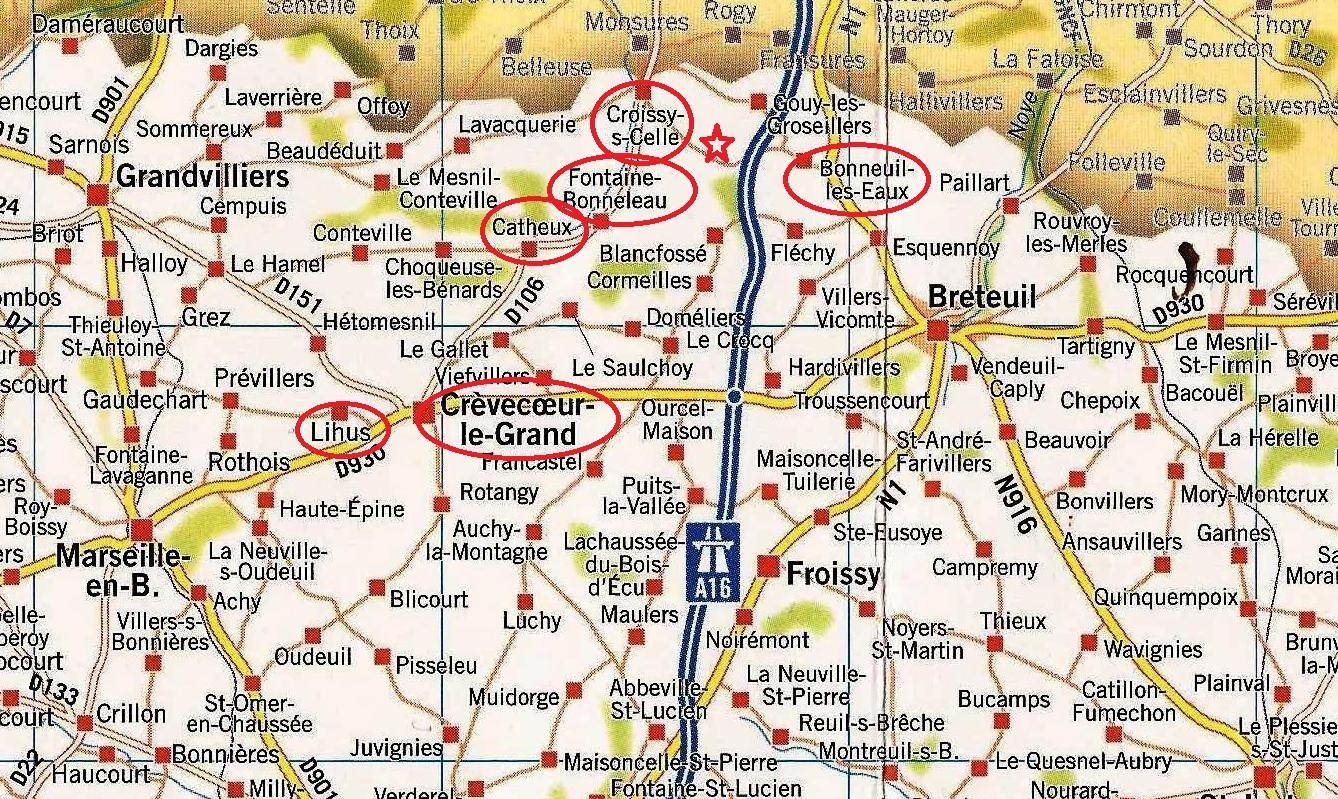
F/O David E. James evacuated the last and landed in a field near Croissy-sur-Celle, where he was taken in by a man named André (possibly André Lepaitre) and Georges Doucet. On the afternoon of 20 April, he was taken to Crèvecœur-le-Grand, to the bakery owned by Marc and Andrée Hanniet. That same evening, he was taken to Lihus, to the home of Adeline Mortier, where he was reunited with William Grove, James Smith, James Hall and Reginald Adams.
The five airmen remained in Lihus until 2 May 1943, when Dr Pézet took them to his home in Crèvecœur-le-Grand. They were photographed in a shop and spent the night at the Hôtel du Commerce, at Marc Laffolet's house. There, they met Elisabeth Barbier and Olga Pontremolli, and were given identity cards. On the morning of 3 May, they took the train to Paris and went to Elisabeth Barbier's flat on Rue Vaneau. The group was then separated. F/O James and Sgt. Grove were taken in by Countess Hélène De Suzannet, while Sgts. Hall and Smith were taken to Mrs Lescure's home on Boulevard Saint-Jacques. Sgt. Adams was entrusted to Mr Maillard (or Milliard).
Taken in charge by the Oaktree escape network and in anticipation of an evacuation by sea in the Saint-Quay-Portrieux area (Brittany), escorts took them by train on 7 May to Saint-Brieuc and then to Etables-sur-Mer, where they met a large number of other escapees in numerous houses. Adams remained at the town hall. On 10 May, James, Grove, Smith and Hall were taken to Bourgblanc castle in Plourivo, to the home of Countess Betty de Mauduit.
However, the Oaktree network had been infiltrated, and the planned embarkation operation failed.
On 31 May, David James, William Grove, James Hall, James Smith and Reginald Adams were taken back to Paris with other airmen, escorted by Jean Camard, among others. Sgt. Adams was given accommodation in the home of Dominique and Odette Carabelli on Rue Poliveau in the 5th district. The others were sent elsewhere. The next day, two other guides, Jean Tromelin and Jacques Bonneron, took them to the Austerlitz train station and escorted them to Pau, via Bordeaux and Dax. They crossed the Pyrenees and reached Spain on 5 June. Arrested by Franco's police, they were interned in Isaba before managing to return to England on 24 July 1943, via Gibraltar.
Pilot David E. James then returned to service with RAF 433 Squadron and was killed while flying a Halifax on a mission over Frankfurt on the night of 18–19 March 1944. He is buried in the military cemetery in Rheinberg, Germany.
William G. Grove, a Lancaster pilot with 15 Squadron, was killed during a mission over Berlin on the night of 24–25 March 1944. He is also buried in Rheinberg Military Cemetery.
27 September 2025 - Ceremony in memory of the crew of Short Stirling BK653

